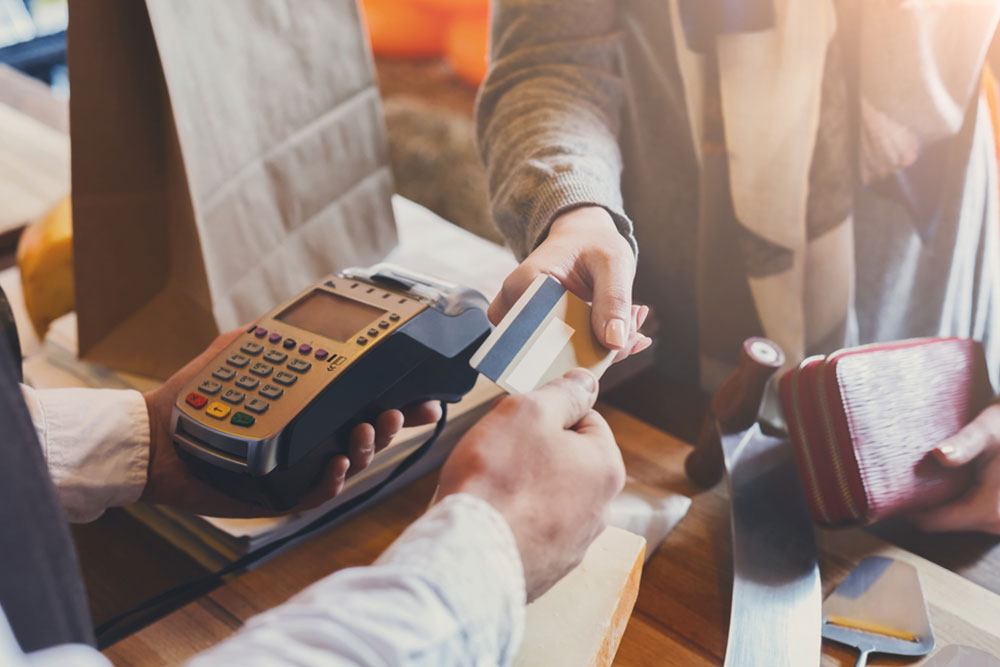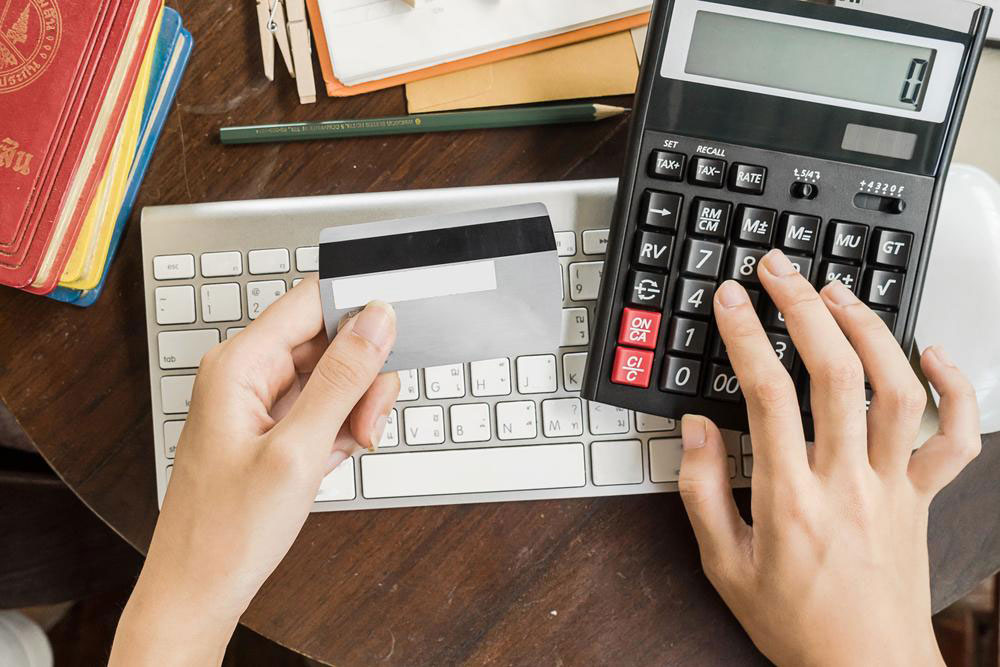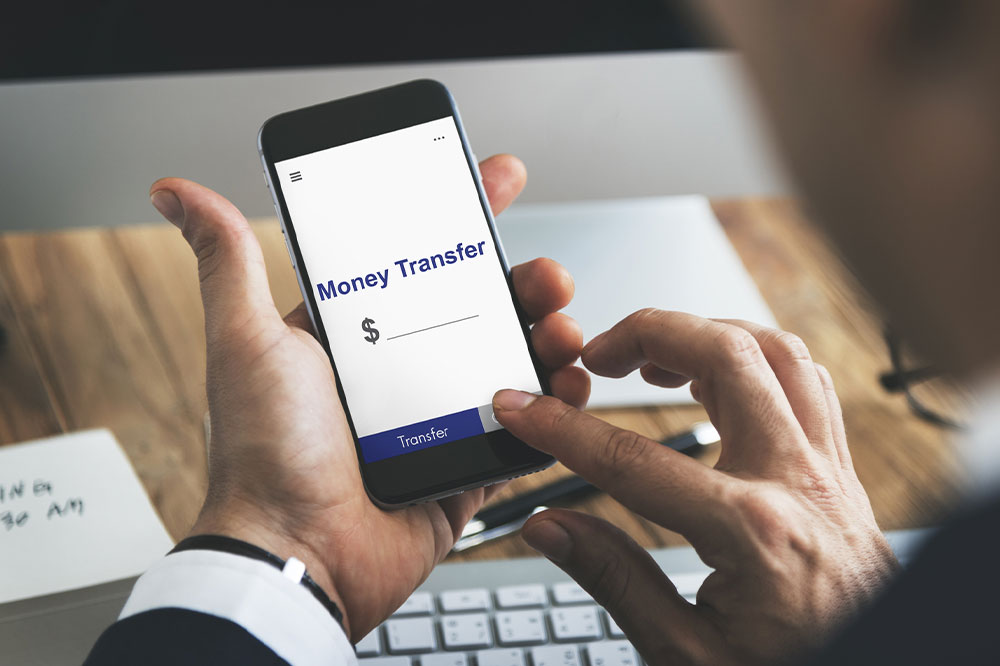Understanding Digital Wallets and Their Role in Online Payments
Discover how digital wallets are transforming online payments by offering secure, convenient, and global transaction solutions. Learn about their security features, ease of use, and versatile applications in today's cashless world, making financial transactions simple and safe for users worldwide.
Sponsored

Over the past decade, online payment platforms have revolutionized the global economy. Traditional face-to-face transactions using cash or checks have shifted toward seamless digital payments. Initially, credit cards and online banking paved the way, but now, digital wallets—also known as e-wallets—are leading the way with simple login credentials or phone numbers. For example, when dining out and short on cash, a preloaded e-wallet easily covers the bill, avoiding awkward moments.
Digital wallets are linked to users' bank accounts and exist as mobile applications. These wallets are secured using government-issued IDs like health cards or driver’s licenses to prevent fraud and protect users from online scams. As cashless payments become more popular, technology advances to secure sensitive banking information, which can be vulnerable online. Dedicated e-wallet platforms offer users a safe environment for transactions without risking their confidential data.
Beyond making payments, digital wallets also verify users' identities during transactions. Companies partnering with telecoms and device manufacturers have optimized these apps for ease of use and security. Unlike traditional card payments or net banking, which may have restrictions, e-wallets facilitate global transactions effortlessly. Registration is straightforward — providing basic info, ID, and bank details creates a secure, personalized access point. These wallets support various uses, from shopping and business dealings to transferring money between friends, making them central to modern financial activities with minimal security concerns.






